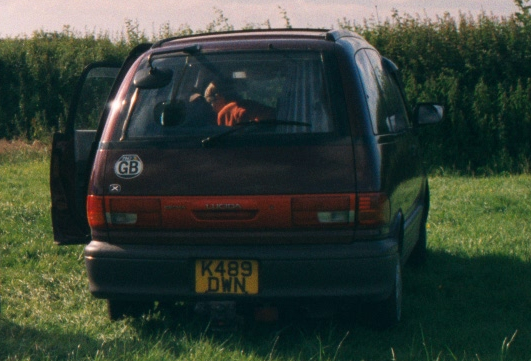Regularly getting a good night’s sleep appears to have grown in importance with age.
My immune system takes offence when that routine is interrupted. It abuses me with outbreaks of mouth ulcers or cold sores when I’ve gone too far. A restful nights sleep is therefore a must. Using single beds make that more likely. I’ve always been an earlier riser than my wife. Having individual access will reduce any potential disturbance for each of us.
Explorations on paper and card have shown that it’s possible within the space. How it’s done depends on how flexible, multifunctional, sophisticated or the cost I’m willing to invest in.
First things first. How big a bed does one actually need?
Sleeping off the ground is the goal. It needs to be done without falling off the bed while turning over in the night. Having the beds too close would make any separation meaningless. We each want to be able to get up and out of bed without wakening the other. Having a gap big enough for this within the usable width of the vehicle needed to be proven quickly and cheaply.
I’d confess to being a bit of a hoarder. I had a couple of 18mm structural plywood shelves from an old office furniture solution I had in storage. They happen to be 500mm wide by 1830mm long. Ideal. The shelves had previously been stiffened below with softwood battens that I could use as legs for this test.
These beds were only going to be a temporary thing, so I didn’t invest too much time in how they were made. I used a multipack of basic 50mm hinges and a pack of small right angle brackets from ToolsStation to quickly knock something up.
I have been using “the van,” as it has now become, as such by placing a full 4ft by 8ft sheet ( 1220 x 2450 ) of plywood on the floor. It sits neatly between the wheel arch inners and the back of the front seat runners with a very small gap to the back door lip.
All I needed to do was fix each of the now six legged shelves to this plywood floor to create a usable set of sleeping platforms.
I was honestly surprised at how well these quick test beds fitted the space. I made them the same height as the small folding camping stools I’ve had for some years. Being around 350mm high, they seem to match other camper van storage /seat heights.
This is a plus, because the seats / beds will work with the camping stuff I already have. I made a couple of folding things for our very first “people carrier.” A Japanese grey import Toyota Lucida. There are still a few of these around. Probably more so than their larger USA / European version of the same style, the Toyota Previa. ( More Details at the end.)
One thing became immediate clear as soon as they were fitted in place. They proved they would work within the space and that there was enough room on each to sleep as they were without adding to their width. The portable potty also had enough room to be placed as planned.
My wife and I tested lying on these benches while imagining they were beds. The space between of around 200mm provides acceptable access without feeling that we might fall off while lying on our backs or turning over. Sufficiently so that I bought a 500mm wide by 75mm deep self inflating mattress for each on Amazon.
The potty now just needs to be housed in its own box. More importantly, having settled on a bed width of 500mm ( neither of us are large ) we needed to use it to test how the rest of the space worked.
We have just come back from that first trip to Bideford and Westward Ho earlier this week.
I’ve attached some photographs of that trip but I’ll write about it in my next post.
It brought to light the need for a few modifications but It was a really good couple of days out.
Addendum:
The Toyota Lucida and Toyota Estima models were cheap second hand alternatives to other people carriers like the Ford Galaxy or the Previa. Japan had introduced legislation to reduce vehicle emissions in 2000 forcing the early disposal of non compliant vehicles when it took effect.
The UK, with its less restrictive emission requirements also drove on the left side of the road. This helped fuel their import as they only needed a new age-related registration number from the DVLC to extend their use over here.
Those that survive do so on second hand parts. The factory that built them and which provided some spare parts was consumed by a fire in 2020.

Originally manufactured for the Asian and Far Eastern markets they were relatively small compared to their Western equivalents. Their narrower wheel base relative to their height could and did cause them to flip onto their sides in the right conditions. Ask my kids about how that felt. Two of them were in the back being driven to school when I rolled it onto its roof on black ice one February morning in 2009.
It was a great little vehicle for the money and took five of us away camping in Devon and Cornwall for a good number of years.
I said I was a bit of a hoarder. The table I made to use with the Lucida on wet days, together with a smaller one of similar design, have a few more years use ahead of them.


Make A Comment
Comments (0)